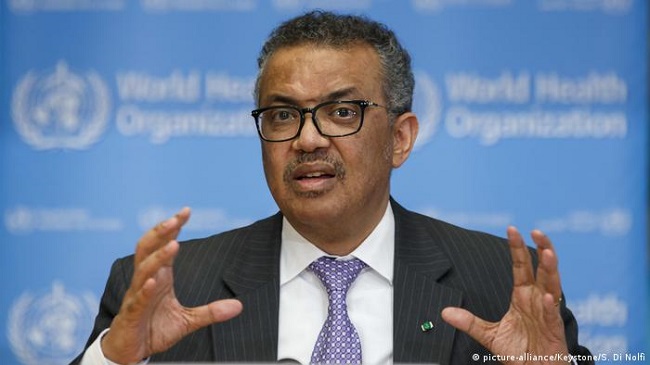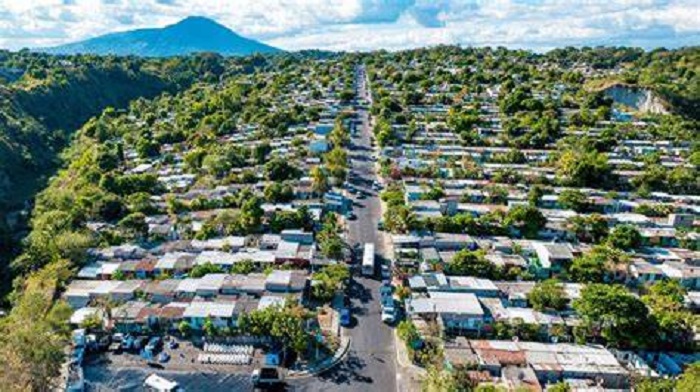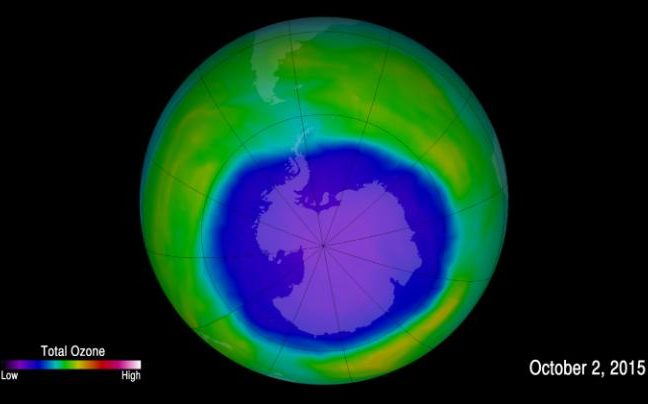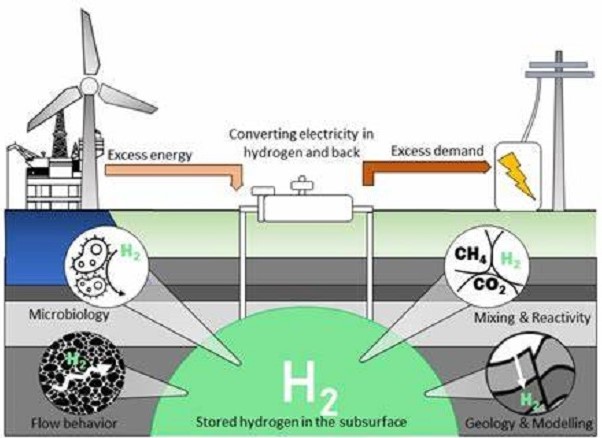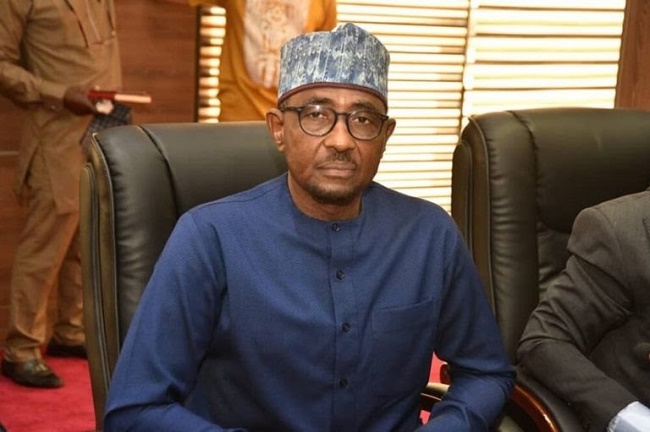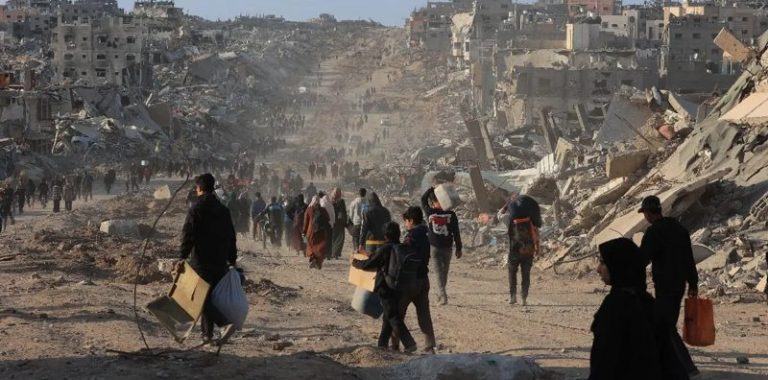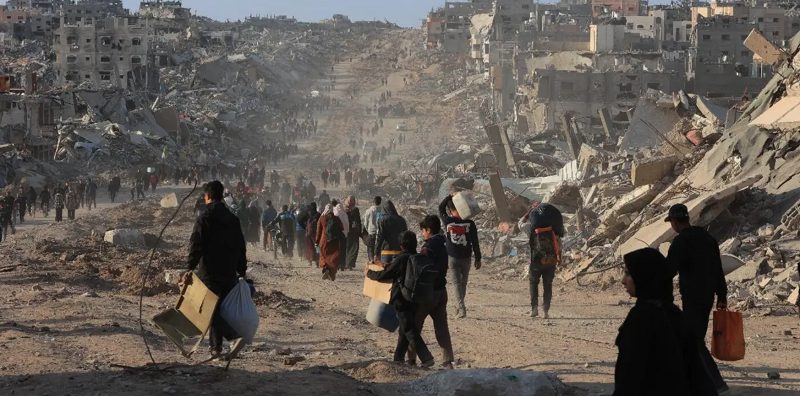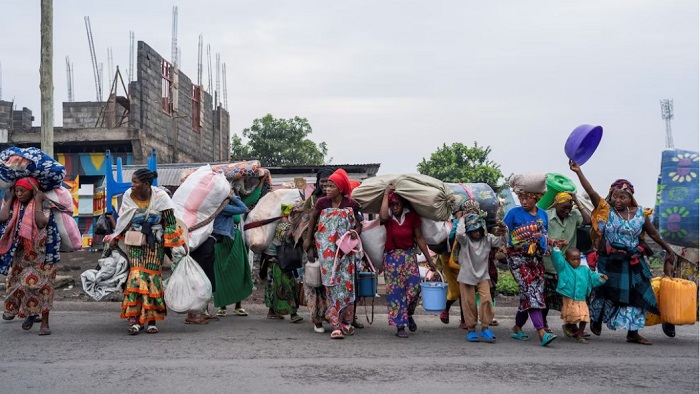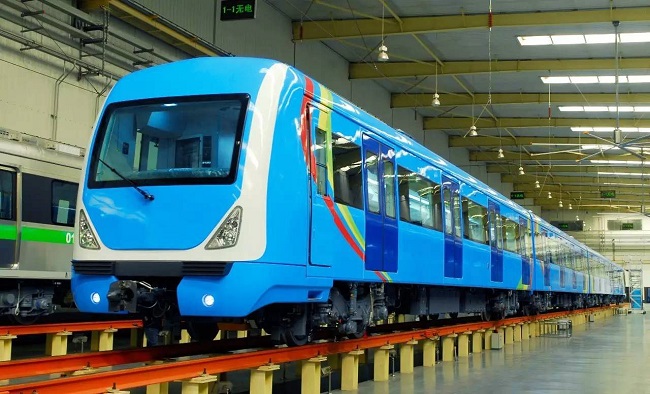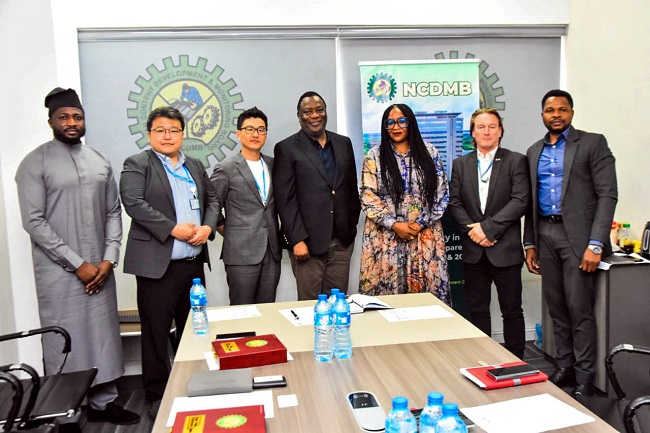The Nigerian Meteorological Agency (NiMet) has predicted that eight northern states will experience delayed onset of rainfall in 2025.
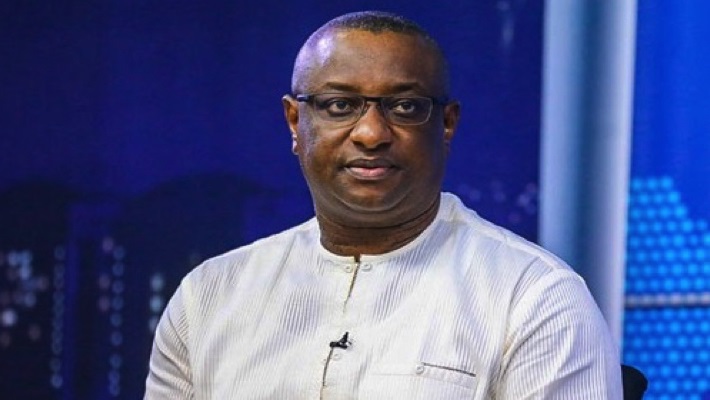
The agency’s prediction is contained in its 2025 Seasonal Climate Prediction (SCP) unveiled by Mr. Festus Keyamo, the Minister of Aviation and Aerospace Development, in Abuja on Tuesday, February 4.
A statement issued in Abuja on Tuesday by NiMet stated that the states include Plateau, Kaduna, Niger, Benue, Nasarawa, Taraba, Adamawa and Kwara.
The SCP was themed “The Role of Early Warnings Towards a Climate-Resilient Aviation Industry for Sustainable Socio-Economic Development,” Key Rainfall Predictions for 2025.
The agency also predicted that Delta, Bayelsa, Rivers, Anambra, and sections of Oyo, Ogun, Osun, Ondo, Lagos, Edo, Enugu, Imo, and Ebonyi would witness early onset of rainfall.
“Earlier than long-term average end-of-rainy season is predicted over parts of Zamfara, Katsina, Kano, Kaduna, Jigawa, Plateau, Bauchi, Borno, Yobe, Adamawa, Taraba, Niger, Kwara, Kogi, FCT, Ekiti, and Ondo states.
“A delayed end of season is expected over parts of Kaduna, Nasarawa, Benue, Lagos, Kwara, Taraba, Oyo, Ogun, Cross River, Delta, Akwa Ibom, Ebonyi, Anambra, and Enugu States,” it said.
According to NiMet, the predicted length of rainy season in 2025, is expected to be mostly normal across the country.
NiMet, however, forecasts shorter than normal length of season over Borno and parts of Yobe.
The agency envisaged that Lagos and Nasarawa states to have longer than normal length of seasons in 2025.
“A normal to below-normal annual rainfall is anticipated in most parts of Nigeria compared to long-term average.
“Parts of Kebbi, Kaduna, Ebonyi, Cross River, Lagos Abia, Akwa Ibom states, and FCT are expected to have above-normal annual rainfall amounts.
“High-intensity rainfall is expected in May to June that may likely result in flash floods in the coastal cities.
“As with previous years, there are pre-onset rainfall activities that should not be confused with the actual onset of rainy season,” it said.
NiMet anticipated a severe dry spell of above 15 days after the establishment of rainfall in Oyo state (Saki, Iseyin, Ogbomosho, Atisbo, Orelope, Itesiwaju, Olorunsogo, Kajola, Iwajowa and Ori Ire), during the April-May-June (AMJ) season.
According to it, moderate dry spell that may last up to 15 days is likely to occur in Ekiti, Osun, Ondo, Ogun, Edo, Ebonyi, Anambra, Imo, Abia, Cross River, Delta, Bayelsa, and Akwa Ibom in the south.
“However, for the northern states, a severe dry spell that may last up to 21 days is predicted for the June-July-August (JJA) season of 2025.
“The Little Dry Season (LDS), also known as ‘August Break’ is predicted to begin by late July and would be severe only in parts of Lagos and Ogun states.
“The number of days with either little or no rainfall will range between 27 to 40 days. Moderate LDS effect is expected over parts of Ogun, Oyo, and Ekiti states,” it said.
The agency further predicted either light or mild LDS over Osun, Oyo, Kwara, and parts of Ondo-North.
NiMet envisaged temperatures to be generally above the long-term average across the country.
“Both daytime and nighttime temperatures are predicted to be warmer than the long-term average over most parts of the country in January, February, March, and May 2025.
“However, April day and nighttime temperatures are predicted to be generally cooler than normal, while warmer than normal temperatures are likely to be experienced over most of the northern states.”
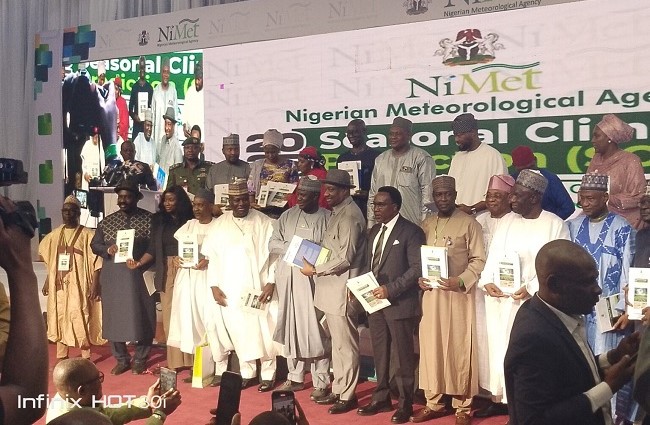
Mr. Keyamo has meanwhile called for improved sustainable practices to mitigate climate change in Nigeria.
Keyamo, who said this in his keynote address at the public presentation of the 2025 Seasonal Climate Prediction (SCP), noted that the Federal Government would continue to invest in sustainable practices, strengthen infrastructure, and support communities that are most vulnerable to climate change impacts.
“Our seasonal climate predictions are not just about forecasting, they are about shaping our response to challenges ahead.
“As we celebrate the 2025 SCP document, let us recognise that its true value lies in its application.
“I urge all stakeholders present here today – government agencies, non-governmental organisations, private sector actors, civil society organisations, researchers, and the media to champion the use of the SCP in their respective domains.
“Collaboration and information sharing will be key to maximising its impact.
“Challenges posed by climate change demand innovative solution.
“The ministry of aviation and aerospace development through NiMet will remain at the forefront of these efforts.”
According to him, the nation can build a more resilient and prosperous Nigeria in furtherance of the Renewed Hope Agenda of the present administration with the support of policymakers and industry leaders.
According to him, the aviation industry faces increasing challenges from erratic weather patterns to the growing frequency of extreme events, which directly impacts airline operations as climate change continues to reshape the planet.
Keymo.said that aviation remained a weather sensitive sector , adding that decisions on flight plans, take-off and landing were not made without first considering the weather conditions.
“Adverse weather – thunderstorms, squalls, wind shear, heavy rainfall, flash floods, sandstorms, dust haze, fog among others, are some of the greatest challenges in aviation, resulting in flight delays, injuries, economic losses including loss of lives and property.
“The International Air Transport Association (IATA) reported that global flight delays due to weather conditions have been on the increase, jumping from 11 per cent in 2012 to 30 per cent of total flight delays in 2023.
“According to the International Civil Aviation Organisation, while turbulence has long been a leading cause of injuries in-flight, scientific evidence suggests there may be more severe weather patterns brought about by climate change which can lead to more turbulence-related accidents.”
The minister said that the effects of climate change had negative impact on the aviation industry.
According to him, early warning systems, backed by robust climate predictions, are essential to overcoming stated challenges and ensuring safety, efficiency and sustainability of air navigation business.
Keyamo said NiMet’s SCP played a pivotal role by empowering stakeholders with the knowledge to anticipate and adapt to climatic changes, ensuring that aviation operations remained uninterrupted and that lives, and property were safeguarded.
He added that an enhanced resilient aviation sector contributed to broader socio-economic goals, including trade facilitation, tourism, and regional connectivity.
“The SCP document we are unveiling today is a critical tool for informed decision-making.
“It offers insights into expected weather and climate patterns, equipping various sectors with the foresight needed to plan, mitigate risks, and harness opportunities.
“Agriculture, disaster risk management, health, marine operations, transport and especially aviation are among the many domains that will benefit from this invaluable resource and advisory.
“Timely climate predictions will enable, inter alia; farmers to optimise farming schedules thereby improving the nation’s food system security,” he said.
According to him, the document will also help disaster managers to prepare for emergencies and minimise risks and health authorities to anticipate disease outbreaks linked to weather and climate variations.
“These underscore the interconnectedness of weather, climate, and socio-economic resilience.
“Over recent years, we have continued to observe unprecedented weather patterns that have tested our preparedness and resilience.
“From consistent warmer-than-normal temperatures to flash floods, the extremes of our climate are increasingly evident.
“These events serve as reminders that we must remain vigilant and proactive,” he added.
By Gabriel Agbeja

